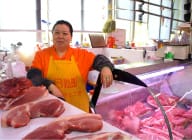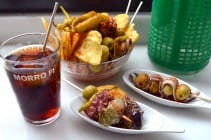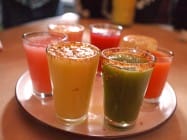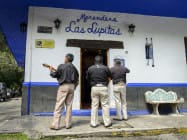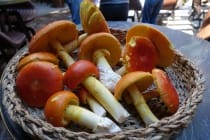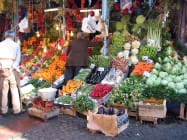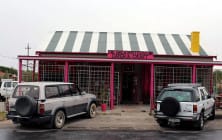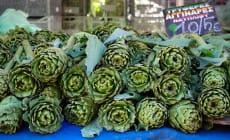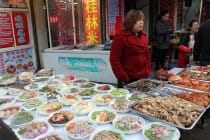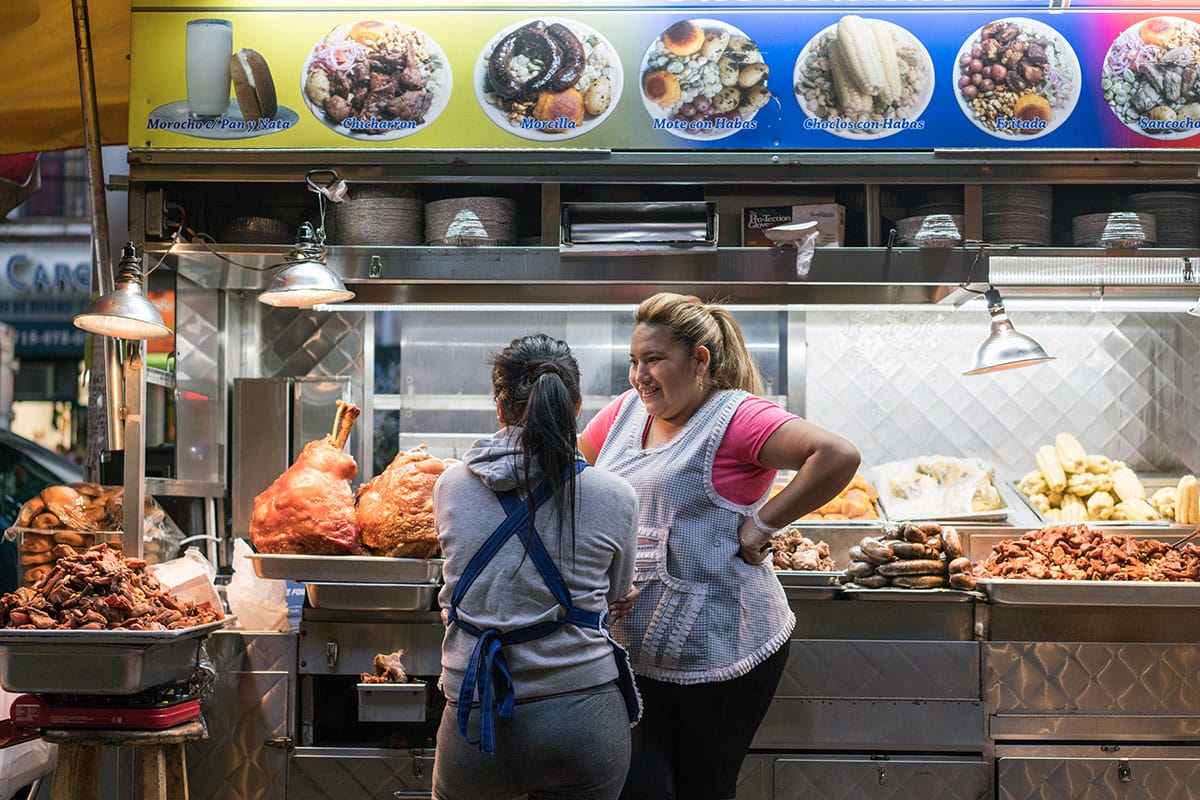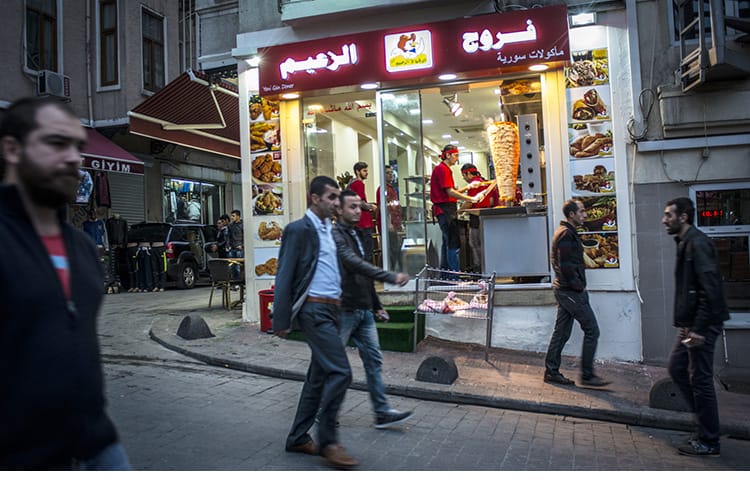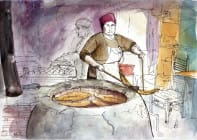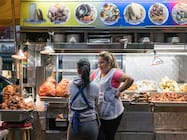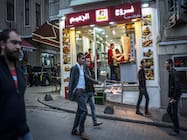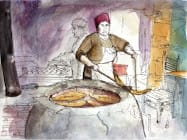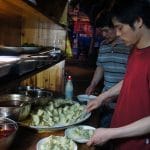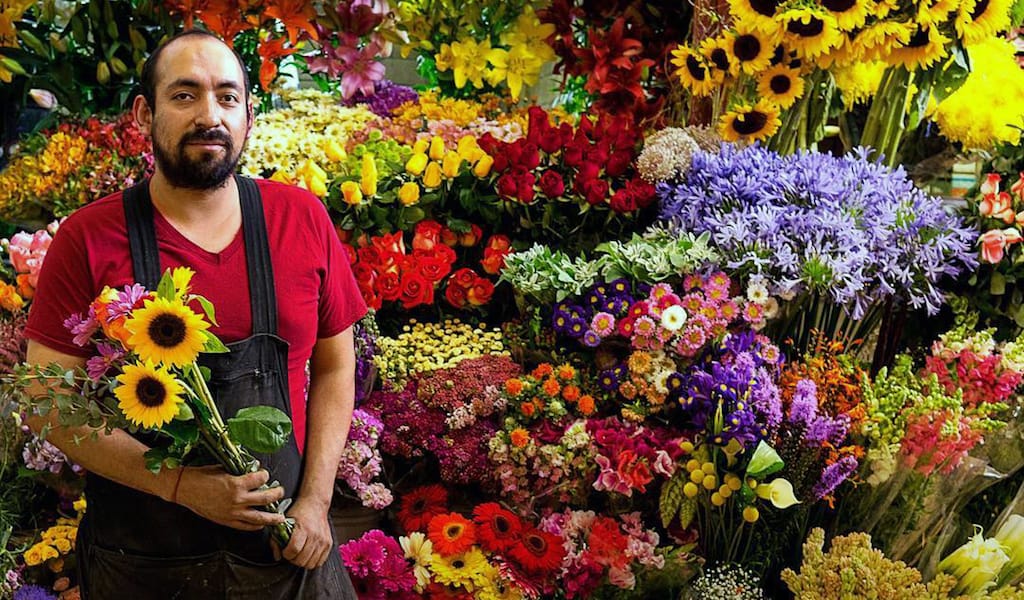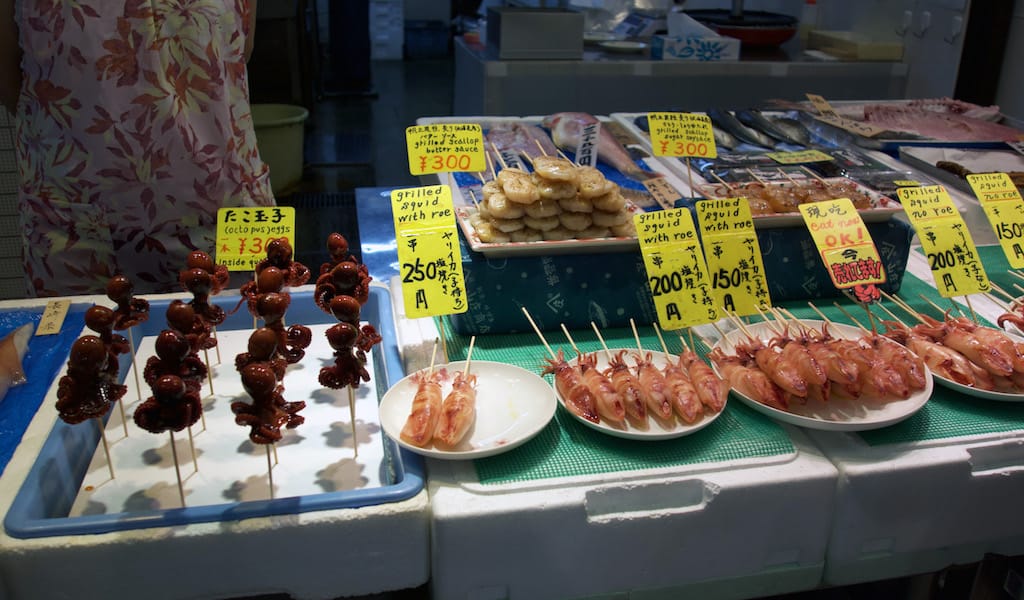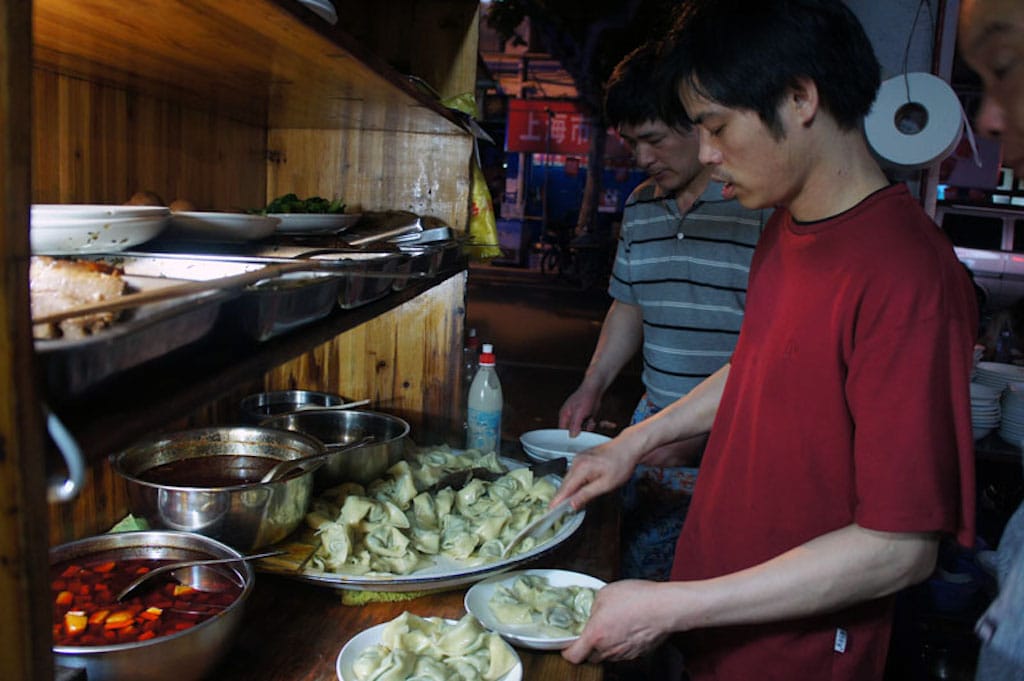To call San Miguel de Allende mind-blowingly picturesque is no hyperbole. Cobblestone streets and colonial facades enchant and inspire romantic notions from even the greatest cynic.
Called by some “Mexico’s Disneyland for adults,” it’s a coveted destination for lavish fairytale weddings and romantic getaways and for expats and snowbirds to pass the time under azure skies in its dry, temperate climate. The historic center is peppered with fine-dining restaurants, stylish eateries, hipster pop-ups and cafés with picture-perfect open-air terraces. Its weekly farmers’ market rivals those of the “foodiest” towns in the US.
So what about the “real” San Miguel?
Just two blocks from the Jardín, across from the Church of the Oratory of San Felipe Neri, and at the end of Insurgentes Street, the city buses begin and end their routes to Centro. From early morning to late afternoon each day on this bustling corner plaza, entrepreneurial commerce is in action in its purest form. It’s carried out by women, mostly, some of an age you can’t guess, their wrinkles indicating a great many years, while others tote a baby on the hip, shy toddler in tow. They are marchantes – vendors without a permanent market puesto (stall). From bucket and basket they offer fresh produce, gleaned and harvested from nearby areas, picked fresh yesterday by the men and children of the family. Sometimes, this reveals regional rarities – fruits from a lone tree on an undisclosed route between this village and that.
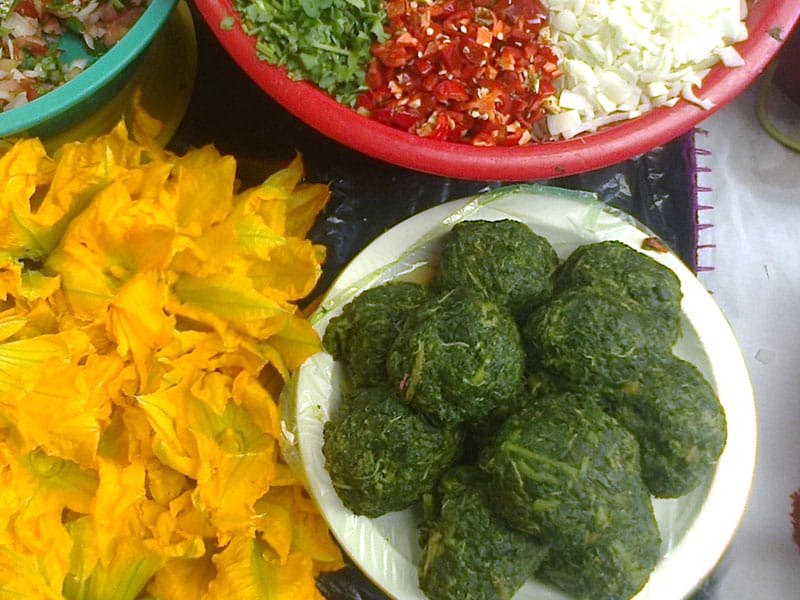
This is a good spot for vegetarians; many vendors offer traditional home-cooked, ready-to-eat foods, like nopales (cactus paddles), chile rellenos, frijoles de olla (pot beans) and chickpeas with onion and chilies. (Die-hard vegetarians/vegans should ask “¿Hay manteca ó puerco?” to find out if lard or pork is in any dish, although cost makes it unlikely.) Scooped into plastic bags on your request, 10-peso (US$0.50) servings of two or three choices make a fine take-home lunch or picnic for two, along with a perfect avocado. There are hecho a mano tortillas or gorditas (“little fatty” tortillas, slit open as a pocket) from freshly nixtamalized corn (many tortillerias use Maseca) because no, you can’t have a meal without.
Across Insurgentes to the Plaza Civica, passing Ignacio Allende himself, immortalized on horseback, is the main in-town market, Mercado Ignacio Ramirez, which offers all the standard fare: juices and licuados and tortas. For seafood, cozy up on a stool at Mariscos Los Delfines for a shrimp cocktail with saltines. Spanning the back section of the market is a wide corridor of fondas, of which Doña Reyes, a mercado fixture for going on a half century, is the best. No matter what the temperature is outside, Doña Reyes’s caldo de pollo, a rich, nutritive chicken broth with plenty of vegetables and rice, will soothe one’s soul.
Adjacent to the market is an annex where, on weekdays, there are more marchantes selling from tables and atop milk crates. Nopales are ubiquitous, but here and there among the brightly colored plastic containers are the cooked greens called verdolagas (purslane) or another called quelites (lamb’s quarters), better for you than cooked spinach.
The town’s second indoor market is Mercado San Juan de Dios. Like almost anywhere in San Miguel, it’s a walkable distance from Centro, just 15 minutes down Insurgentes, veering to the left as it comes to an end. In the main market, El Huarache Veloz (“The Speedy Huarache”) is Mexican “fast food” at its best. The sandal-sole shaped masa (corn dough) base, topped with your choice of guisados like chicken tinga (shredded meat stewed in a spicy sauce, champiñones (mushroom) finished with a sprinkling of crumbled cheese, chopped cilantro and onion is super rico!
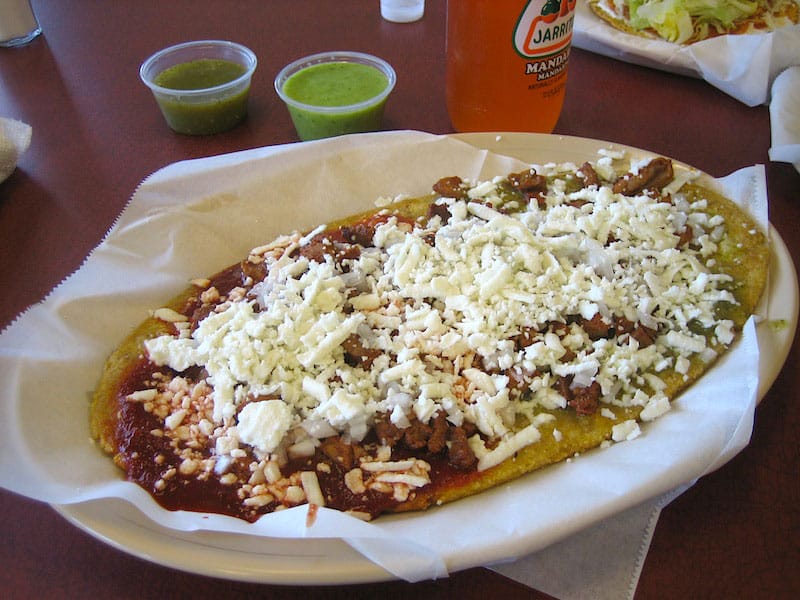
If it’s Sunday morning, though, and you’re a meat eater, exit the main market (by the fondas) and cross the road to the other section of the market. You will immediately pick up the heady, gamey scent of slow-cooked lamb. Half, even an entire lamb is prepared – seasoned with chilies, onions and herbs and folded in a package made of large maguey leaves. Pit roasted for 10 to 12 hours, the result is succulent, tender, melt-in-your-mouth barbacoa. From about 8 a.m. until it sells out (you’re cutting it close by noon), start with a bowl of consommé, floating with chickpeas, potatoes, cilantro, onions and, to wake you and your taste buds up, salsa de pasilla. Follow with mixiotes, the lamb chopped up with the seasonings, or just the meat itself in a taco with more cilantro and onions, a dash of salsa and a squeeze of lime. You can even buy portions to go; a quarter kilo goes a long way.
But if it’s Tuesday, you should be jumping in a taxi and asking the driver to take you to la Placita, where hundreds of vendors set up an open-air market of tarps and tables called Tianguis del Martes. This is where locals meet and do their weekly shopping. Beyond produce stalls and marchantes, there are hardware and appliance parts, clothing and shoes, makeup and underwear. One must pause, several times at least, for sustenance from, yes, barbacoa, carnitas, huaraches, gorditas…
That’s the real San Miguel.
Published on December 26, 2016
Related stories
Learn more about Mexico City’s markets on our walk!
April 24, 2019
Mexico CityNine Inch Nails. Metallica. Tool. Rage Against the Machine. The driving beats, shredding guitar solos and iconic howls are attention grabbing to say the least as you meander through the colorful labyrinth that is Mercado de Coyoacán. From its famous tostadas and comida corridas to spiritual cleansings using Santa Muerte magic and all things Frida…
November 1, 2018
TokyoWhile most artisanal markets and mom-and-pop groceries throughout Japan have given way to large supermarket chains and convenience stores, Kyoto still boasts one of the last markets selling local delicacies along with fresh foods and housewares. Often called “Kyoto’s Kitchen,” Nishiki Market is not like traditional huge bazaars with stalls selling fresh vegetables, fruits and…
Join us when the sun sets for a tour of Shanghai night eats!
July 12, 2018
ShanghaiThe vast country of China has just one time zone, so Shanghai’s East Coast location means darkness comes early and most residents usually eat by nightfall, with restaurants often closing their kitchens around 9 p.m. But for those who keep late hours, there are a few late night supper spots around town. Aggressive government crackdowns…
















